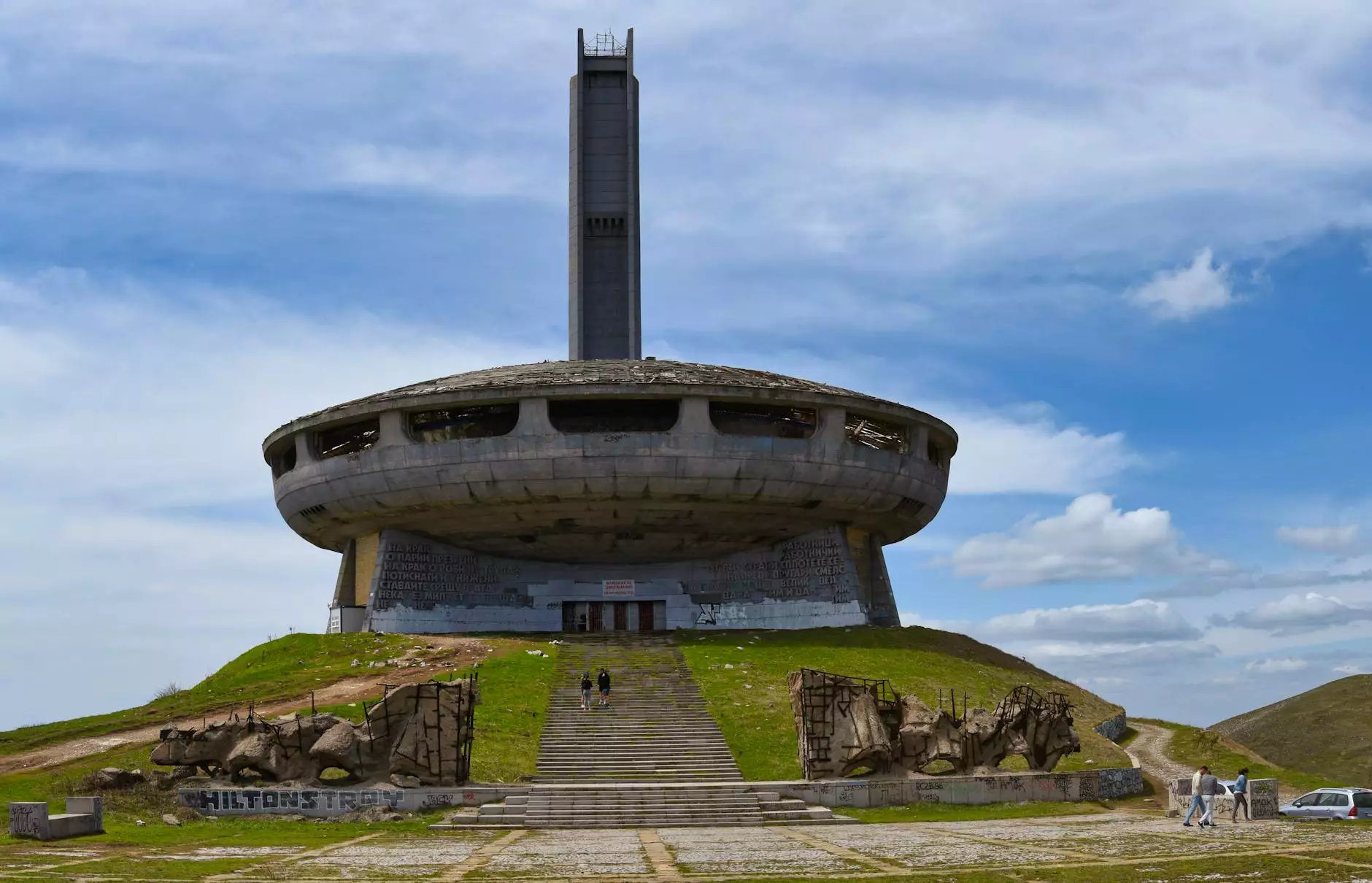Spanish Influenza Pandemic of 1918

The Deadliest Influenza Outbreak in History
The Spanish Influenza pandemic of 1918, also known as the "Great Influenza," was one of the deadliest outbreaks of influenza in human history. With an estimated death toll of 50 million worldwide, this devastating flu strain had a profound impact on society, healthcare systems, and economies across the globe.
The Origins and Spread of the Spanish Influenza
The exact origins of the Spanish Influenza remain unclear, but it is widely believed to have emerged during the final stages of World War I. The close quarters and crowded conditions of military camps and trenches provided the perfect breeding grounds for the virus to spread rapidly among soldiers. As troops returned home at the end of the war, they unknowingly carried the virus to their respective countries, resulting in a global pandemic.
The Devastating Impact on Society
The Spanish Influenza had a profound impact on society, disrupting daily life in unprecedented ways. Entire communities were paralyzed, with hospitals overwhelmed by the sheer number of infected individuals seeking care. Schools, businesses, and public gatherings came to a halt as authorities implemented social distancing measures to curb the spread of the virus.
The High Mortality Rate
What made the Spanish Influenza particularly deadly was the unusually high mortality rate, especially among young, healthy adults. Unlike most flu strains that primarily affect the elderly or individuals with weakened immune systems, the Spanish Influenza targeted young and otherwise healthy individuals, leading to a significant loss of life and leaving communities devastated.
The Impact on Healthcare Systems
The unprecedented number of patients overwhelming healthcare systems during the Spanish Influenza pandemic posed immense challenges for medical professionals. Hospitals lacked sufficient resources, including beds, medical supplies, and personnel, to adequately treat the influx of severely ill patients. This strain on healthcare systems highlighted the need for improved public health infrastructure and disease prevention measures.
Lessons Learned and Lasting Legacies
The Spanish Influenza pandemic of 1918 left a lasting impact on society. It served as a powerful reminder of the importance of preparedness and cooperation in the face of global health crises. Governments and health organizations worldwide implemented new measures to detect, prevent, and control the spread of infectious diseases.
Advancements in Healthcare
The devastating consequences of the Spanish Influenza prompted significant advancements in healthcare. Scientists and researchers intensively studied the virus to develop a deeper understanding of its mechanisms and find effective treatments. This research laid the foundation for future vaccine development and improved public health practices.
Modern-Day Relevance
Although a century has passed since the Spanish Influenza pandemic, its lessons resonate even today. The COVID-19 pandemic in 2020 provided a stark reminder of the importance of proactive measures, such as early detection, accurate reporting, and robust healthcare systems, in preventing the rapid spread of infectious diseases. The knowledge gained from the Spanish Influenza continues to guide global responses to new outbreaks.
Join La Historia Society in Exploring Historical Events
La Historia Society, a leading online platform dedicated to preserving and sharing historical events, provides comprehensive information about significant events like the Spanish Influenza pandemic of 1918. Join us in exploring the rich history of our world and understanding its impact on society, culture, and the course of humanity.









